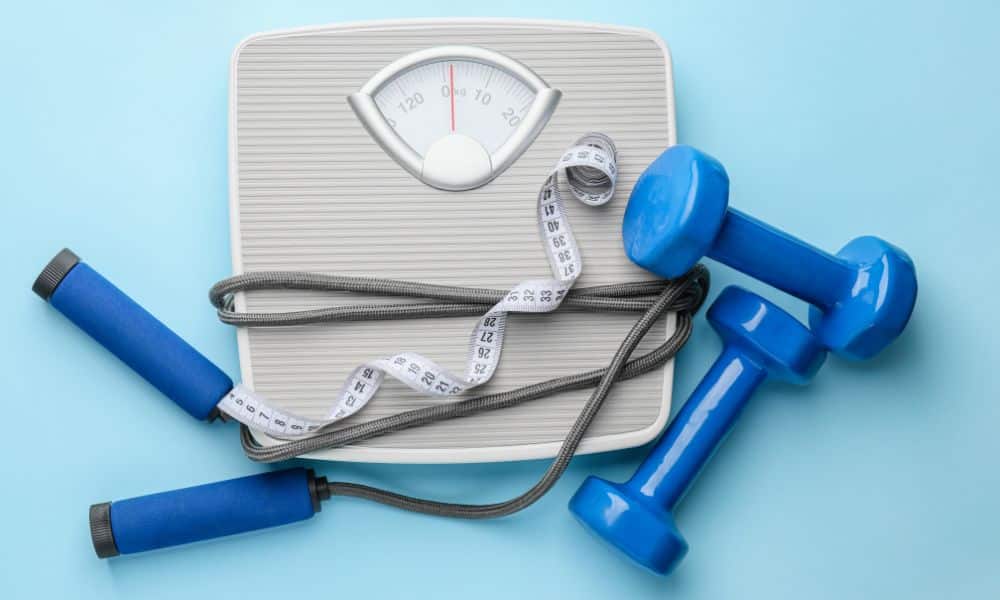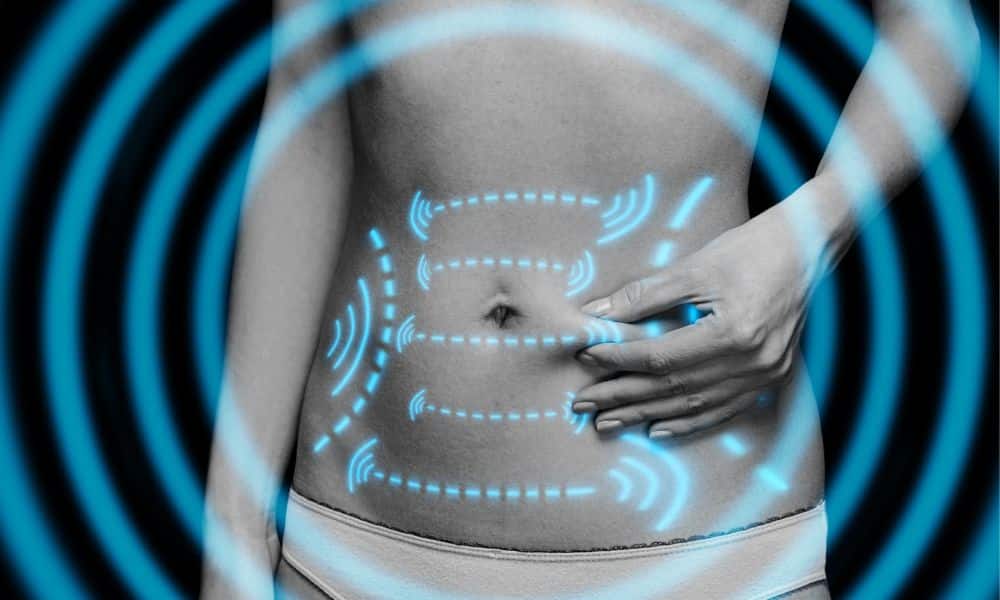When it comes to weight loss, many focus on diet and exercise, but an often overlooked factor can significantly impact your results: NEAT or Non-Exercise Activity Thermogenesis. NEAT encompasses all the physical activities outside formal workouts, such as walking, cleaning, and even fidgeting. This article will explore how NEAT plays a role in weight loss and how you can use it to your advantage.
What is NEAT, and How Does It Contribute to Calorie Burn?
NEAT refers to the energy expended for everything you do that isn’t sleeping, eating, or structured exercise. This includes daily tasks such as gardening, taking the stairs, or standing while talking on the phone. While these activities may seem minor, they can add up significantly, leading to increased calorie burn throughout the day.
- Definition: NEAT is the energy used for all activities apart from formal exercise.
- Examples: Walking to work, household chores, fidgeting, or carrying groceries.
How NEAT Differs from Traditional Exercise
Unlike traditional exercise, NEAT doesn’t require dedicated time or equipment. It is a passive form of calorie burning that occurs naturally as you go about your day. This makes NEAT an excellent way to increase daily energy expenditure, especially for those struggling to find gym time. While formal workouts burn calories in a concentrated period, NEAT contributes to continuous calorie burning throughout the day.
- Comparison: Traditional exercise is structured and planned, while NEAT is incidental.
- Benefits: Can significantly increase daily energy expenditure without requiring dedicated exercise time.
The Impact of Sedentary Behavior on NEAT and Weight Loss
Sedentary behaviors, such as sitting for extended periods, can drastically reduce your NEAT levels, lowering your daily calorie burn. Research shows that individuals who engage in sedentary lifestyles tend to gain more weight over time due to reduced calorie expenditure. Small changes like standing instead of sitting or walking around during phone calls can help counteract the negative effects of a sedentary lifestyle.
- Effects of Sedentary Behavior: Reduces NEAT and overall daily energy expenditure.
- Solutions: Take regular breaks from sitting, walk during phone calls, and use a standing desk.
How to Incorporate More NEAT into Your Daily Routine
Increasing NEAT doesn’t require a complete overhaul of your daily schedule. Simple adjustments can make a big difference. Here are some practical tips to increase NEAT and boost your weight loss efforts:
- Walk More: Take short walks during breaks or walk to nearby places instead of driving.
- Stand Up Frequently: If you work at a desk, try using a standing desk or taking short standing breaks.
- Take the Stairs: Whenever possible, opt for stairs instead of elevators or escalators.
- Household Chores: Vacuuming, gardening, or washing the car can significantly increase NEAT.
- Fidgeting: Believe it or not, even small movements like tapping your foot can contribute to higher NEAT levels.
Using NEAT to Break Through Weight-Loss Plateaus
Weight-loss plateaus occur when the body adjusts to the new, lower calorie intake and burns fewer calories. This is where NEAT can be especially beneficial. By consciously increasing your non-exercise activities, you can boost your daily energy expenditure without cutting more calories or increasing workout intensity, helping you break through plateaus and continue losing weight.
- Plateau Explanation: When weight loss stalls due to decreased calorie burning.
- NEAT Solution: Increase daily activities to raise energy expenditure and resume weight loss.
Conclusion
NEAT is a powerful, yet often underappreciated, component of weight loss. Increasing daily activities and reducing sedentary behaviors can significantly boost your calorie burn and accelerate weight loss. Incorporating simple changes into your routine, such as walking more, taking the stairs, and staying active throughout the day, can make a big difference in your weight-loss journey.
Read Next…
- Fat Loss vs. Weight Loss: Why the Scale Doesn’t Tell the Full Story
- Christian Weight Loss: Biblical Principles for Losing Weight
- Rest and Recovery: How It Boosts Fat Loss and Muscle Growth
- Weight Loss and Body Transformation: Things You Need to Know
- Diabetes and Weight Loss – Things You Should Need To Know




